Digital laboratories and next-generation dental technicians: past vs present
14 June 2023
Dental laboratory technology is the main auxiliary trade for the dental profession and it supports dentistry both materially and technically. It is, by definition, the art and the science of fabricating devices to correct and/or replace natural teeth [1].
Dental laboratories are primarily concerned…
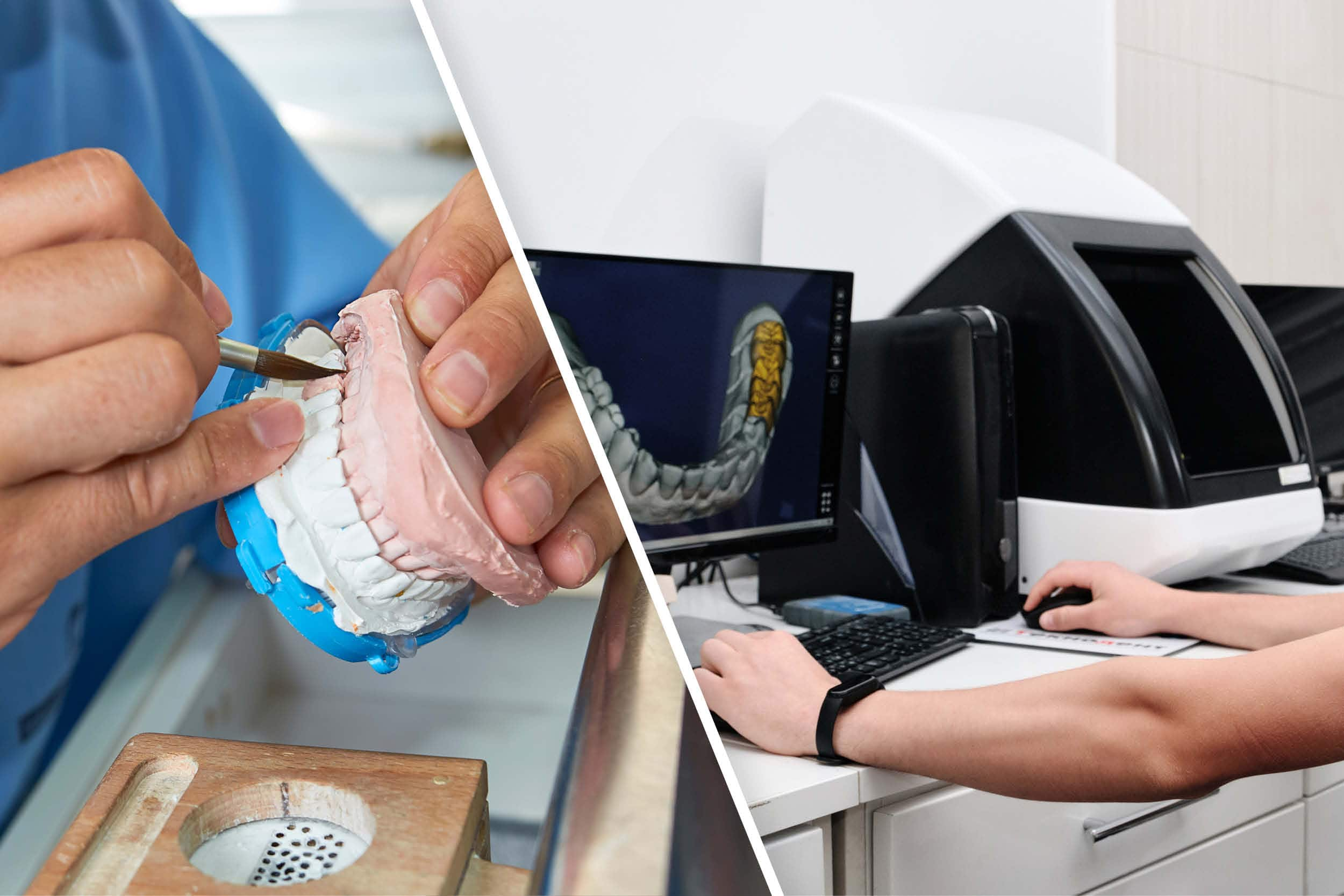
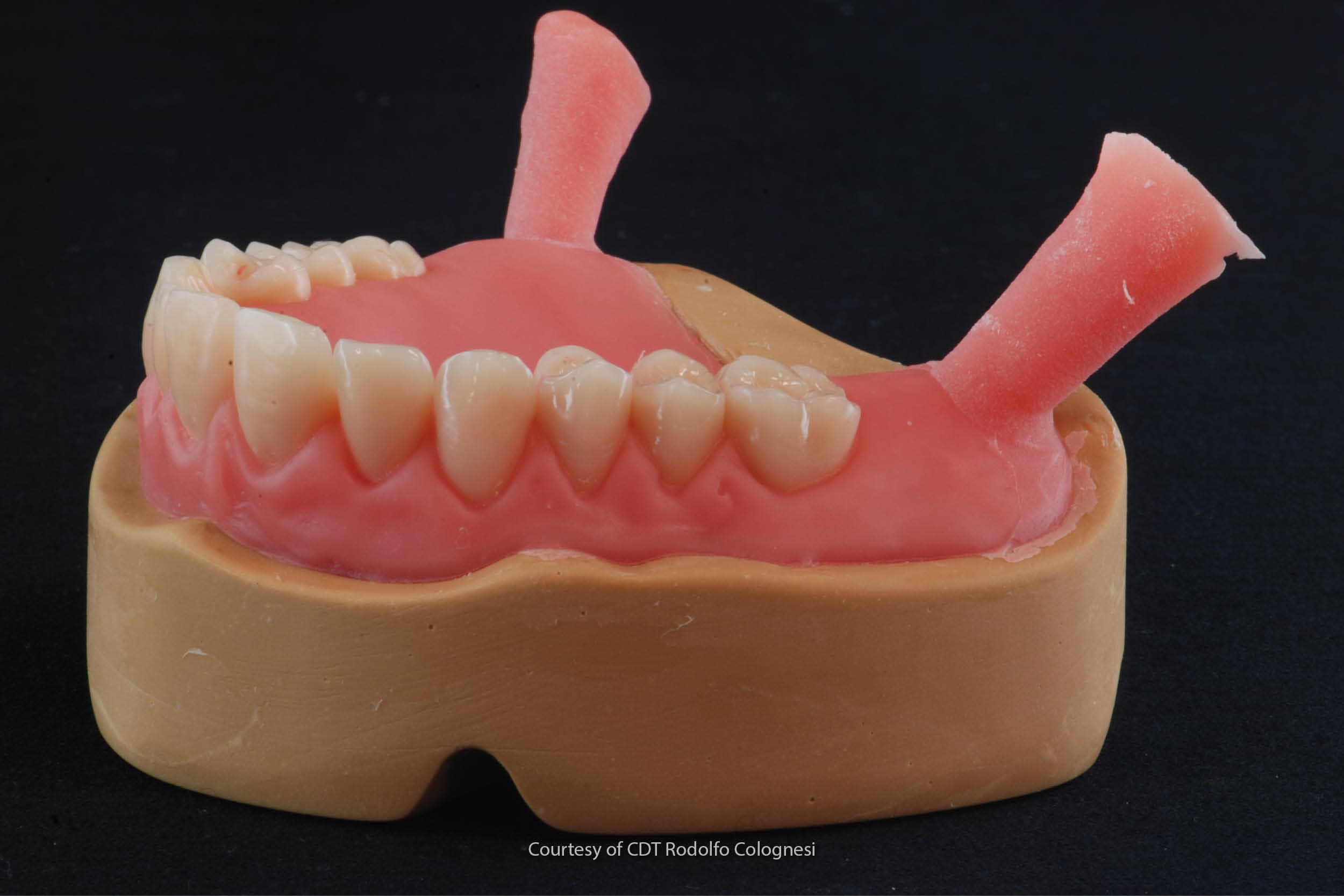
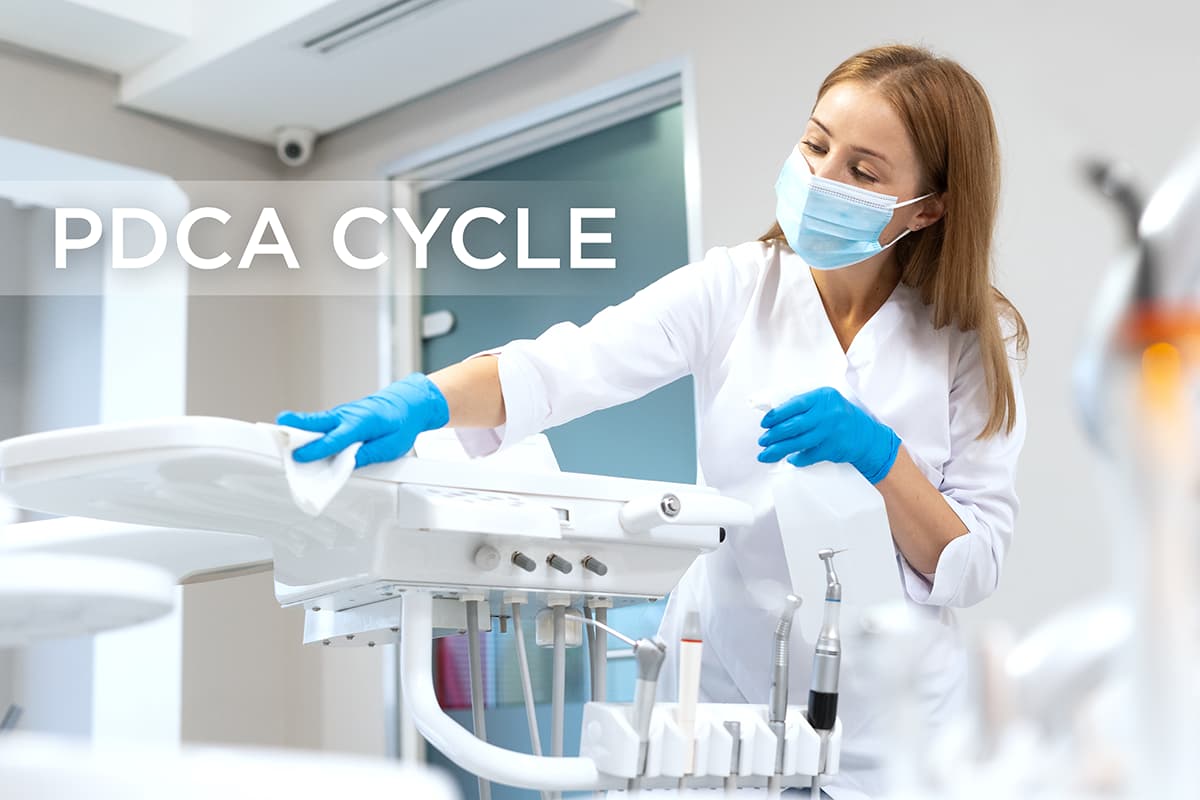
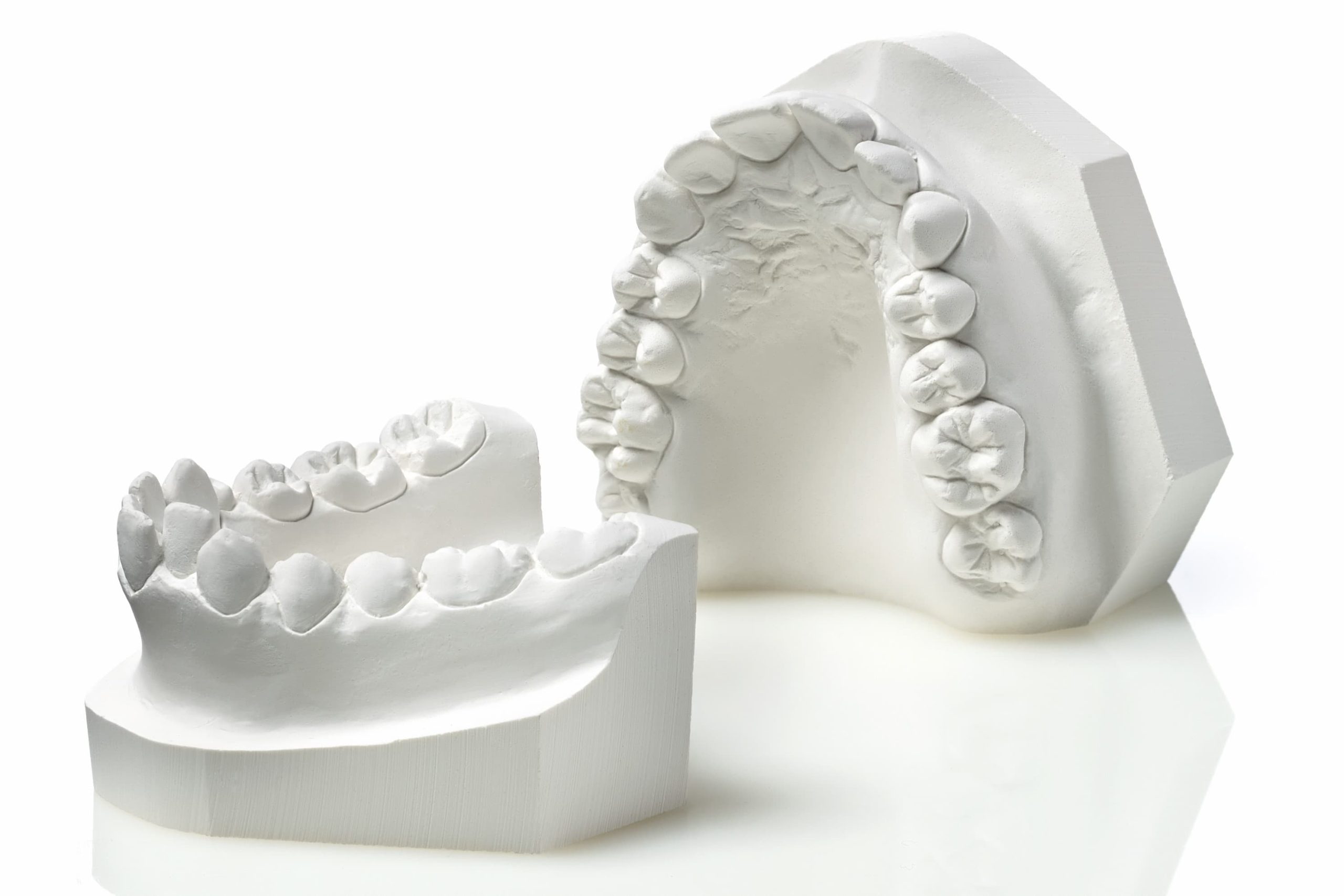
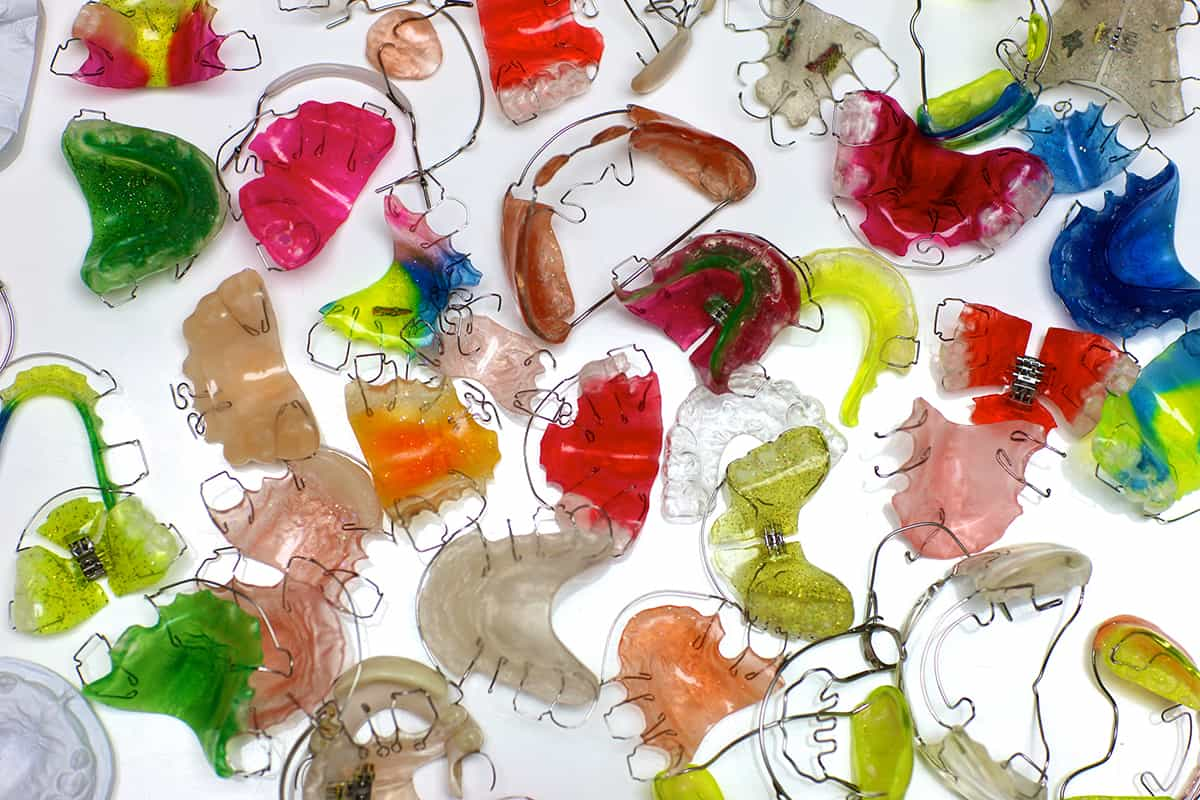

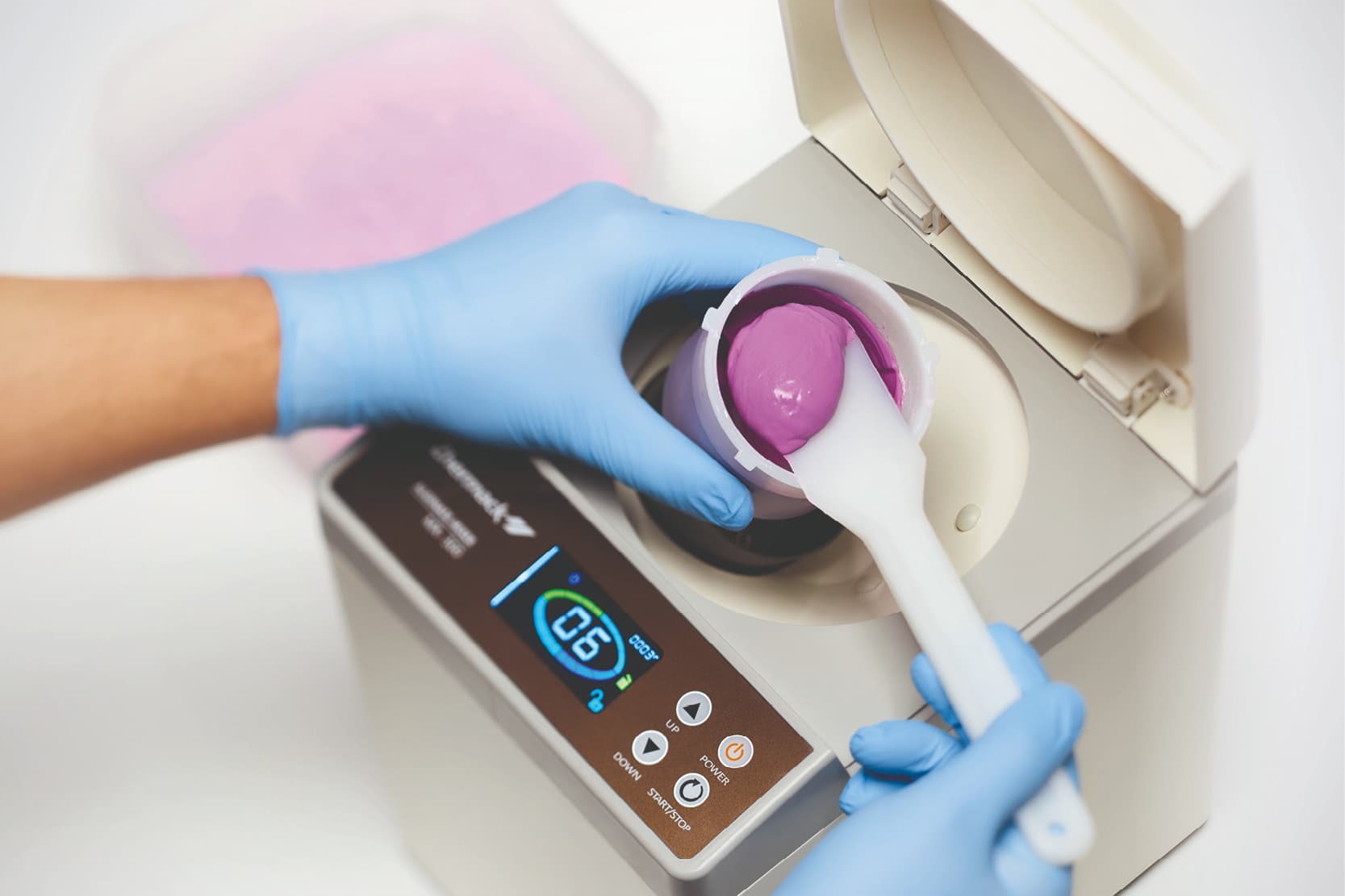
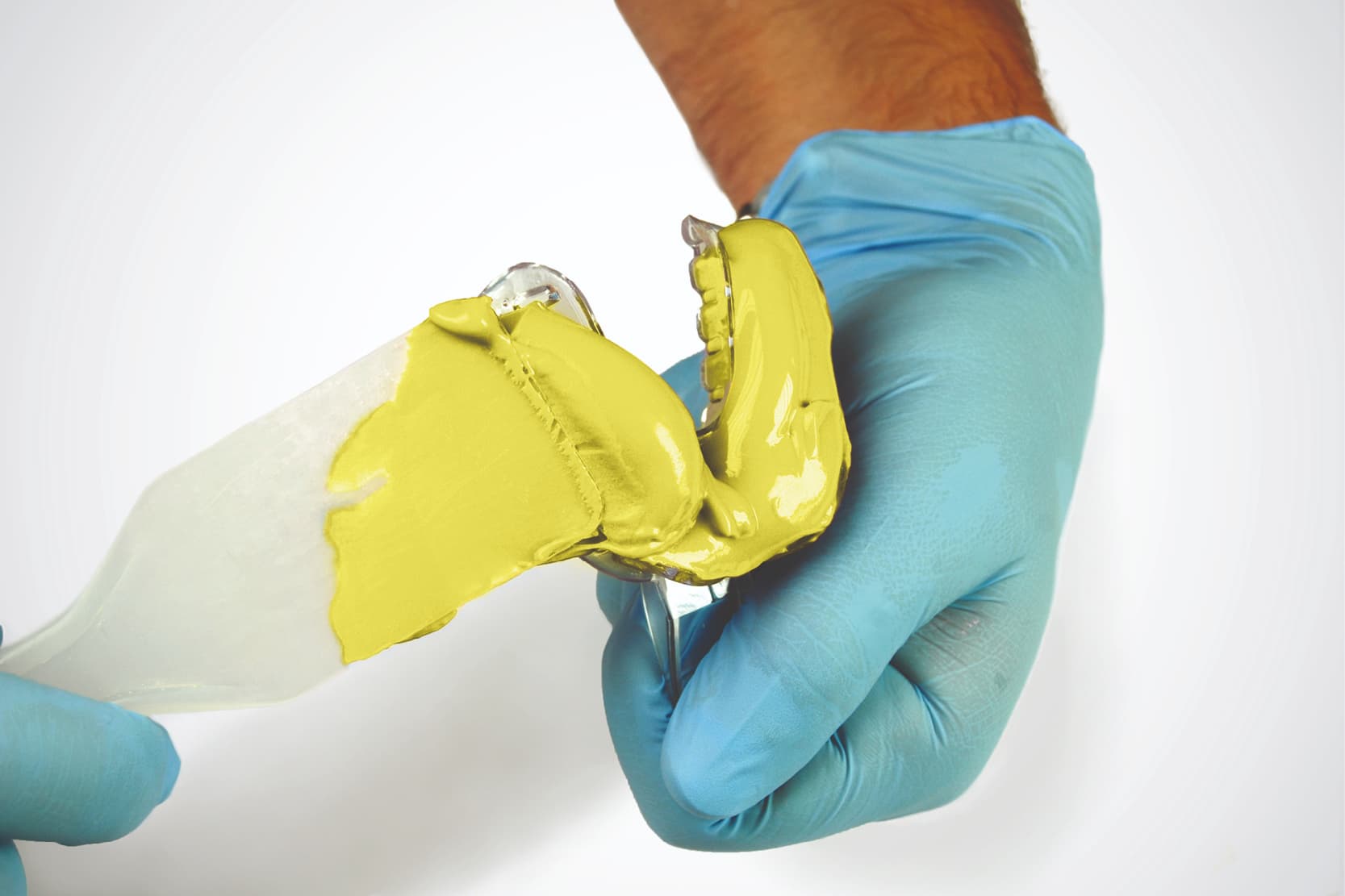

 Zhermack SpA has been one of the most important producers and international distributors of alginates, gypsums and silicone compounds for the dental sector for over 40 years. It has also developed solutions for the industrial and wellbeing sectors.
Zhermack SpA - Via Bovazecchino, 100 - 45021 Badia Polesine (RO), Italy.
Zhermack SpA has been one of the most important producers and international distributors of alginates, gypsums and silicone compounds for the dental sector for over 40 years. It has also developed solutions for the industrial and wellbeing sectors.
Zhermack SpA - Via Bovazecchino, 100 - 45021 Badia Polesine (RO), Italy.


